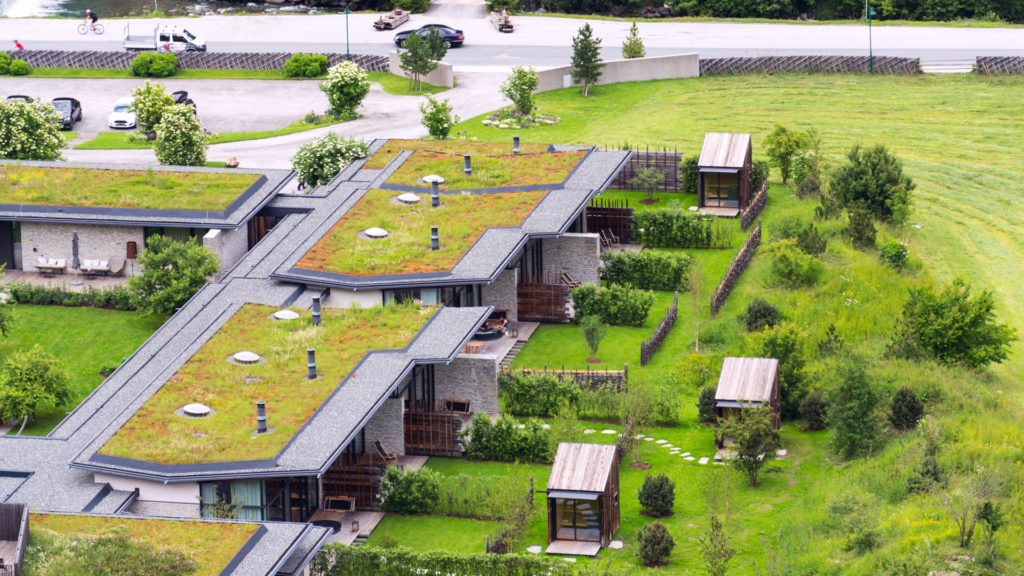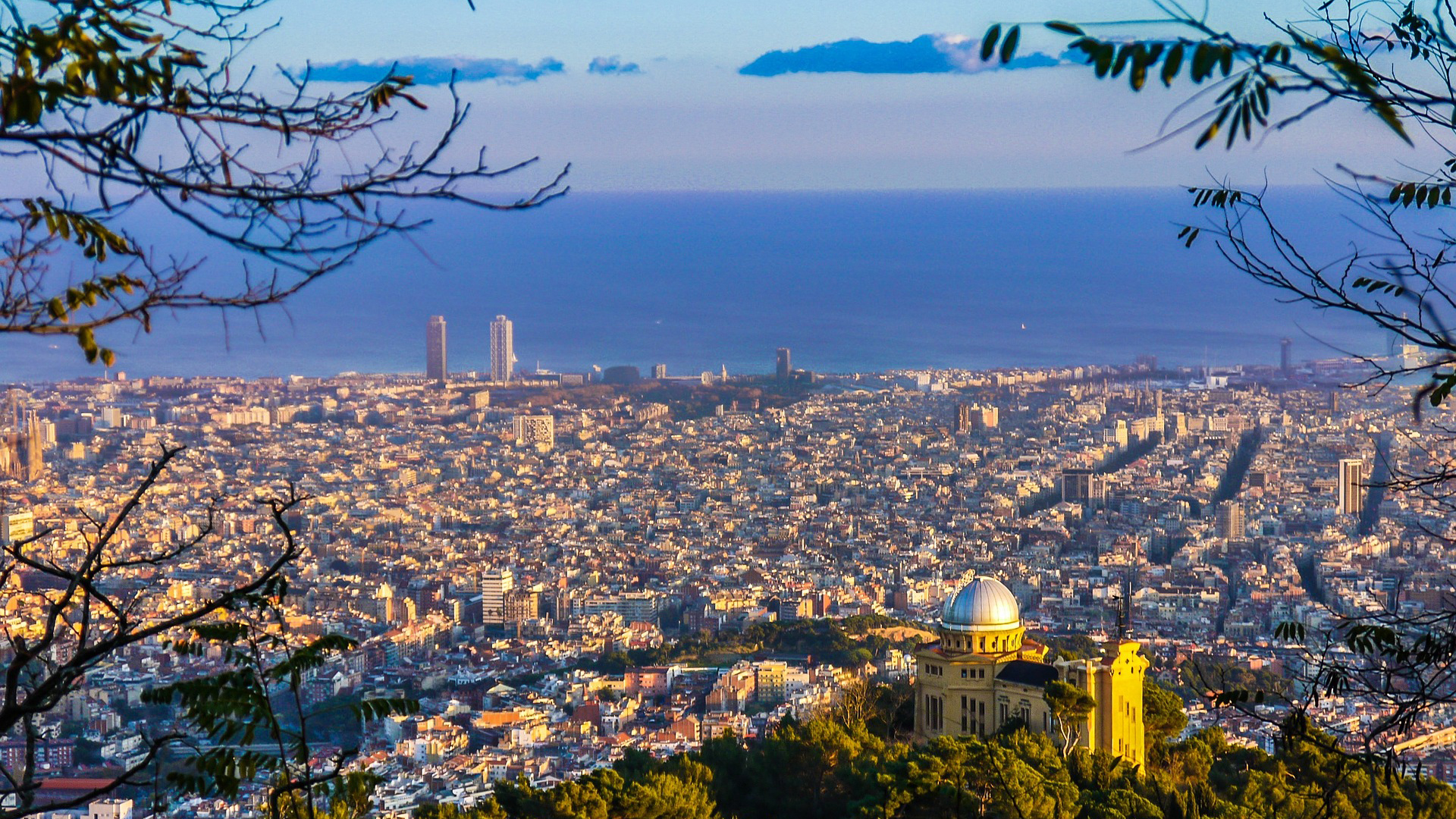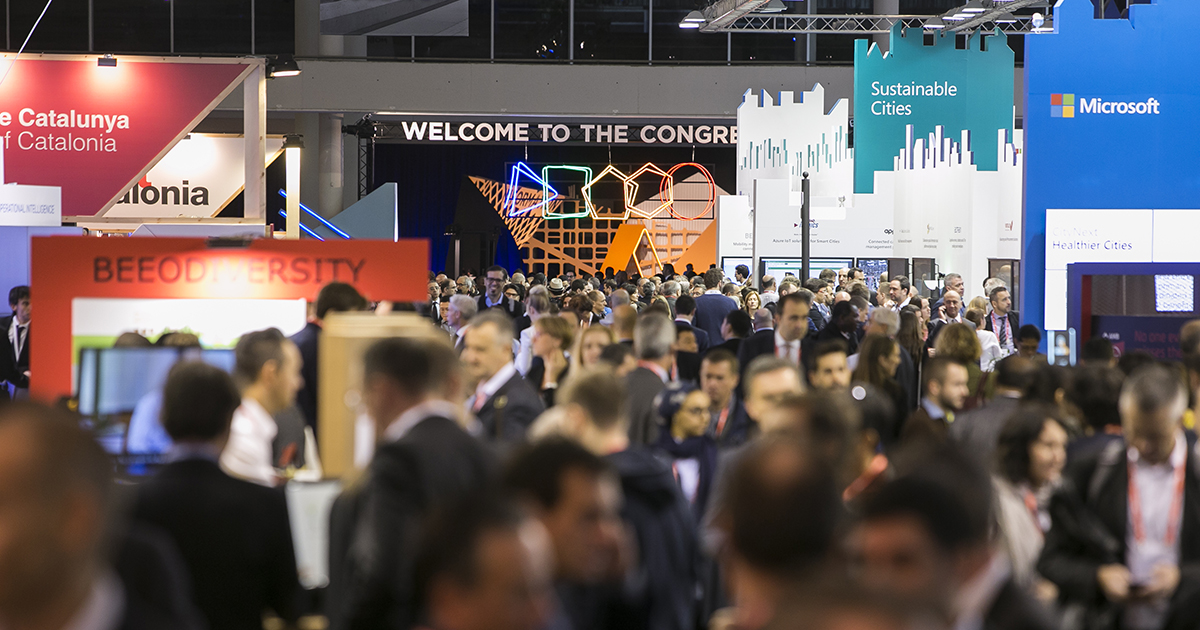Nature’s own resources can play a key role in tackling environmental challenges such as climate change adaptation and mitigation. To that end, the EU defines nature-based solutions, which are cost-effective, and simultaneously provide environmental, social and economic benefits and help build resilience.
According to the EU Research and Innovation policy agenda on Nature-Based Solutions and Re-Naturing Cities, “there is growing recognition and awareness that nature can help provide viable solutions that use and deploy the properties of natural ecosystems and the services that they provide in a smart, ‘engineered’ way.” The EU proposes that we should work with nature, rather than against it, to achieve a more resource efficient, competitive and greener economy.
Nature-based solutions “bring more, and more diverse, nature and natural features and processes into cities, landscapes, and seascapes, through locally adapted, resource-efficient and systemic interventions,” as stated by the UE. Such solutions can also lead to the creation of new jobs and economic growth, through the manufacture and delivery of new products and services enhancing the natural capital.
Sustainable cities
The UE identifies a broad range of challenges we are facing nowadays: Unsustainable urbanization and related human health issues, degradation and loss of natural capital and the ecosystem services it provides (clean air, water, and soil), climate change and an alarming increase of natural disaster risks. “Currently over 70% of Europe’s population lives in cities, expected to increase to over 80% by the middle of the century. This translates to 36 million new urban citizens, who will need housing, employment and care by 2050,” according to the Commission.
In this context, EU R&I agenda for Nature-Based Solutions and Re-Naturing Cities, implemented through Horizon 2020, promotes living solutions that are inspired and supported by nature, which are efficient and cost-effective, and simultaneously provide environmental, social and economic benefits and help build resilience. These solutions include green and blue infrastructures, green roofs and vertical walls, natural water retention measures, salt marshes and dunes, and floodplains, among others.
URBAN GreenUP
The European project URBAN GreenUP has provides an online public access nature-based solutions catalogue (Renaturing Urbanization, Singular Green Infrastructures, Water Interventions, and Non-Technical Interventions) that aims at providing cities worldwide with robust indicators on how to embrace urban challenges using nature. Examples include green cycle and pedestrian routes, floodable parks, electro wetlands, green roofs, and facades, as well as citizens engagement and educational activities.
The URBAN GreenUP works towards implementing tens of different nature-based solutions across its front-runner cities, Valladolid (Spain), Liverpool (UK) and Izmir (Turkey), which in turn, will make these cities more sustainable and resilient to climate changes. These cities will replicate the URBAN GreenUP model at a global scale in collaboration with the five Follower cities from Europe and beyond (Mantova in Italy, Ludwigsburg in Germany, Chengdu in China, Medellin in Colombia and QuyNohn in Vietnam).




Leave a message